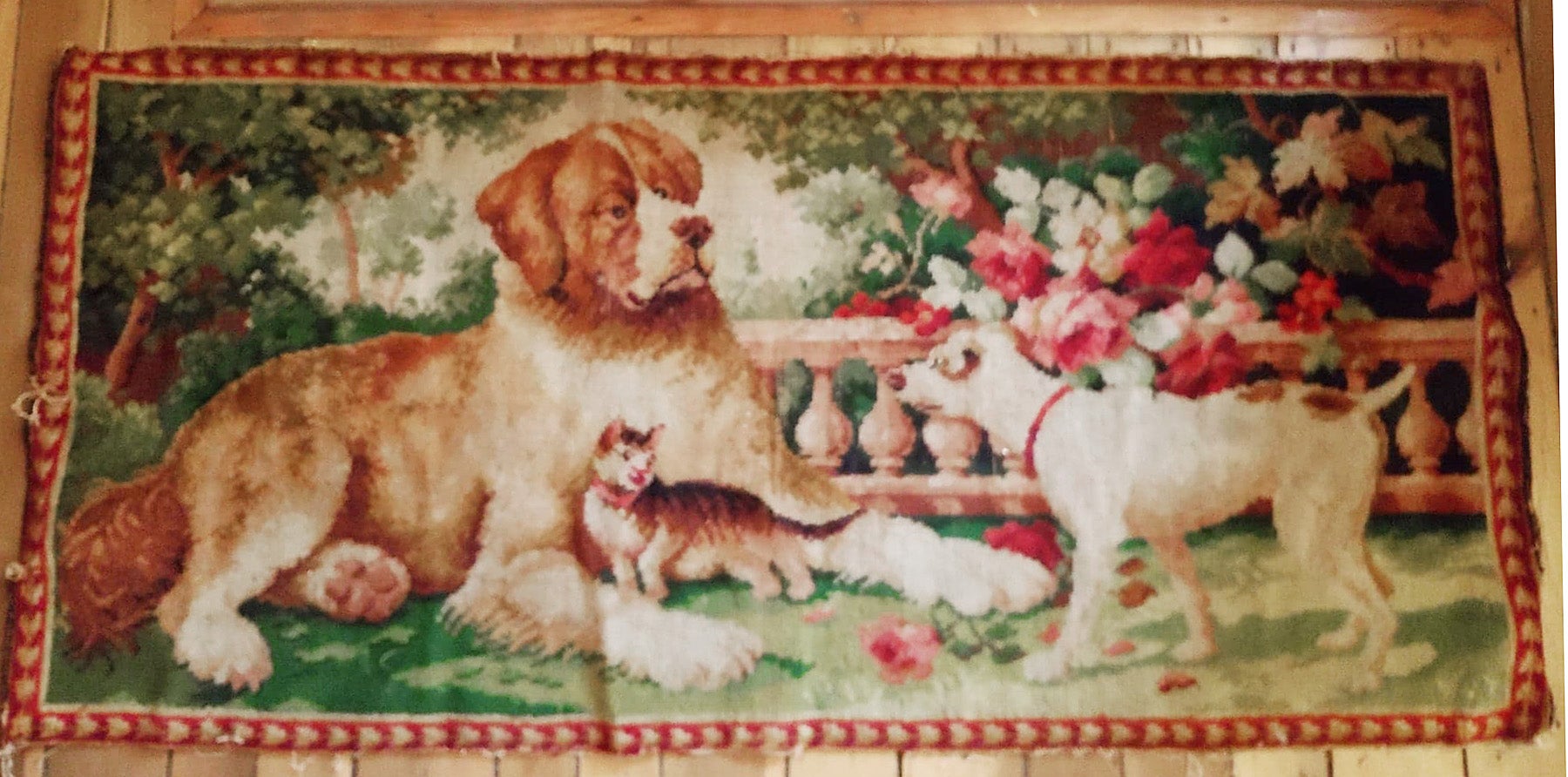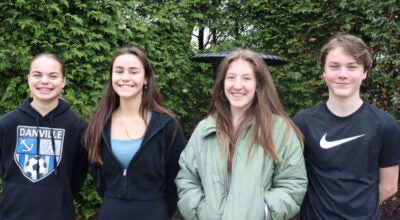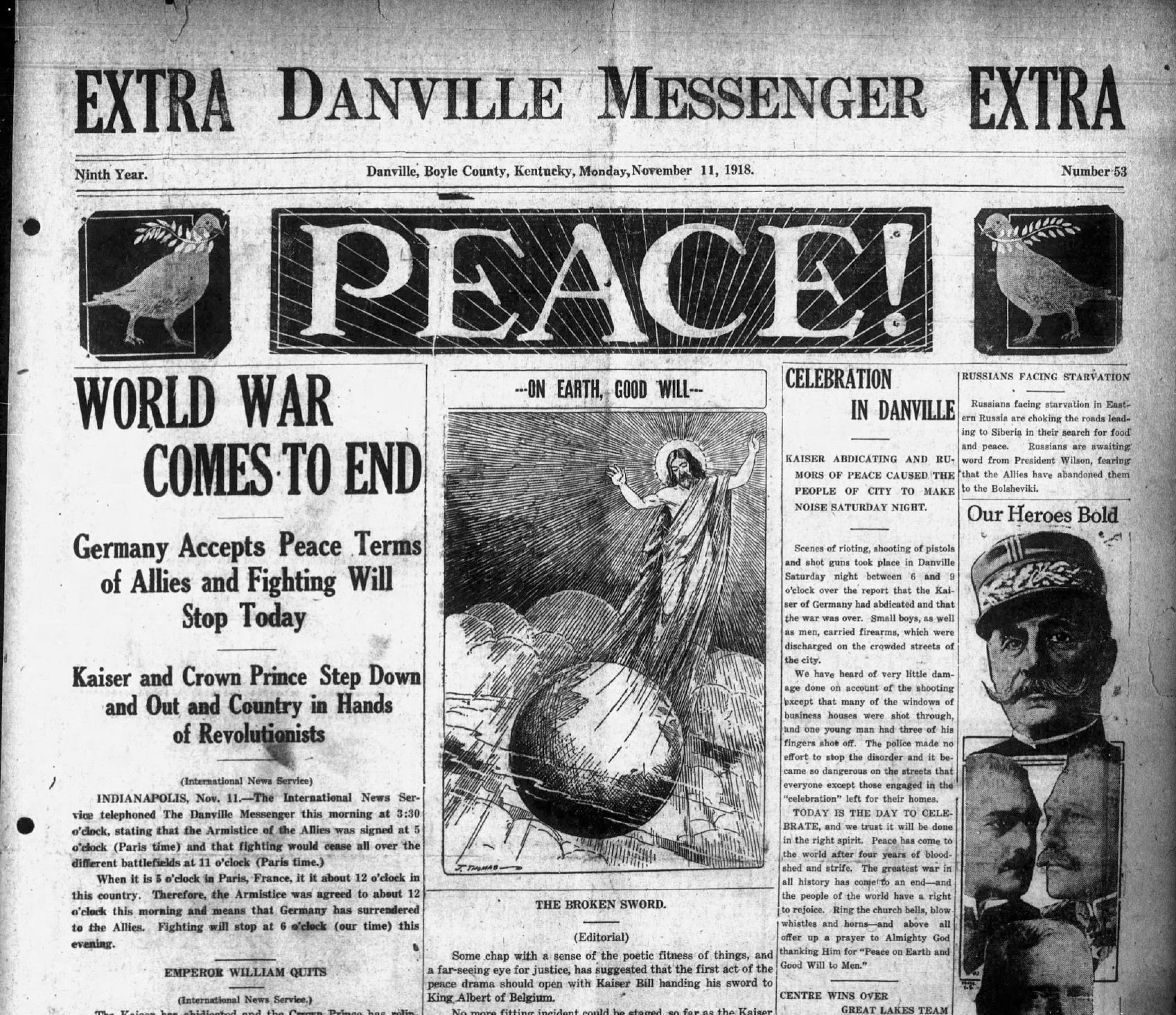Beautiful wool rug dates to early 1900s
Published 6:18 pm Friday, December 13, 2019
By JERRY SAMPSON
Personal Effects
Question: This beautiful old wool rug belonged to my great aunt. I have not seen one similar. We have it in front of our den hearth. Colors are still vibrant. What can you tell me about it? She lived to 99 ½ years old. All but two or three of those 99 years were in the house she was born and raised.
Answer: What a cool and colorful piece! You have a tapestry. There was once a time that weavings or a tapestry were only made for the royalty or the nobility. It could take years, if not a decade, to create a massive wall hanging. Needless to say, they were horribly expensive. Used not only to display one’s wealth, but to help insulate the drafty, stone walls of their manor house.
Fast forward a few centuries, and we encounter the Industrial Revolution. The Industrial Revolution made it possible for things that were once labor intensive to be manufactured in
short order.
Even then your piece is a little later than that. It’s certainly machine made and you can tell this from the back. Hard to tell from the photos, but it’s likely a wool material or a wool and cotton
blend. I see no damage so it could be just cotton.
I wager that your piece, with its protective St. Bernard, its innocent kitty and the curious terrier, dates to the early 1900s. Like its early counterpart, it too, was meant to hang on the wall but in this case, a Victorian or Edwardian sitting room. It could have had clip-on hooks or rings or it could have been used to drape over a sofa. And it would have been held in high esteem. Its colors are still amazingly bright and fresh. It’s got a delicate and feminine look to it, with its pinks and bowers of roses. A look that isn’t always in the height of fashion today. But still, I like your view of dogs and it’s the dogs that add to its appeal.
I think that your tapestry in today’s market would sell for about $75. I appreciate the fact that you know and appreciate its history. Thank you for sharing it with us.







